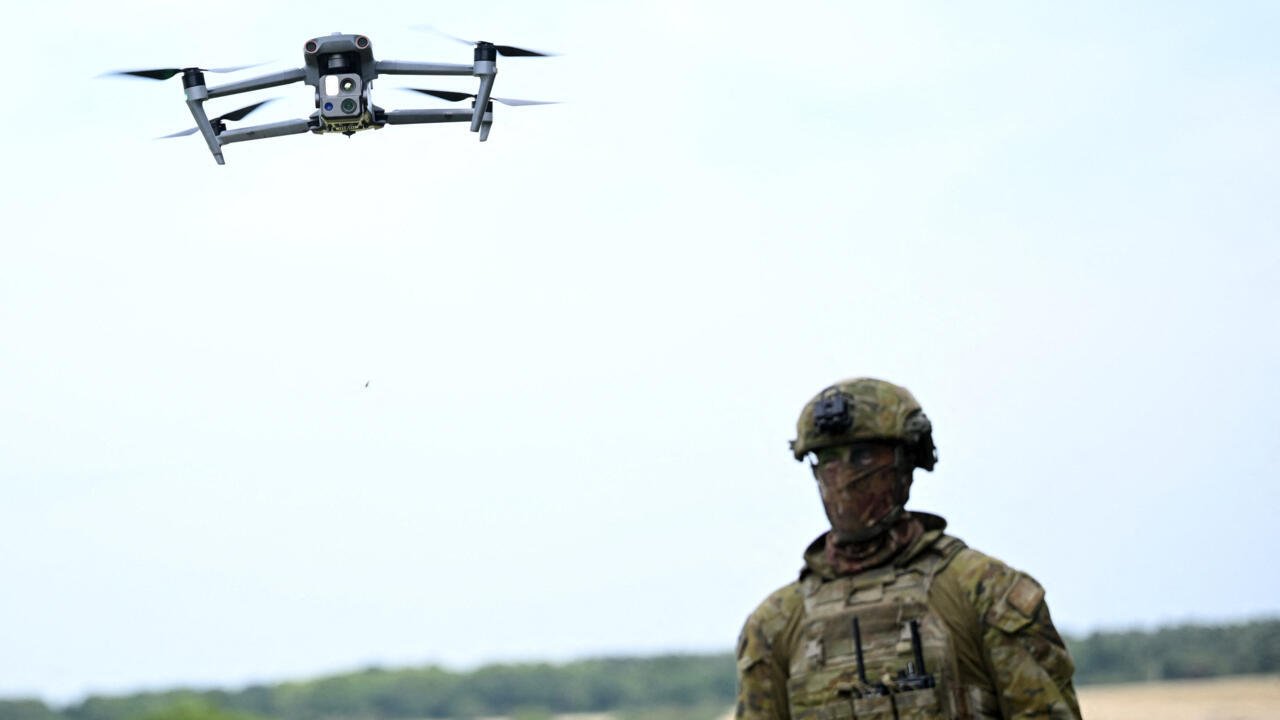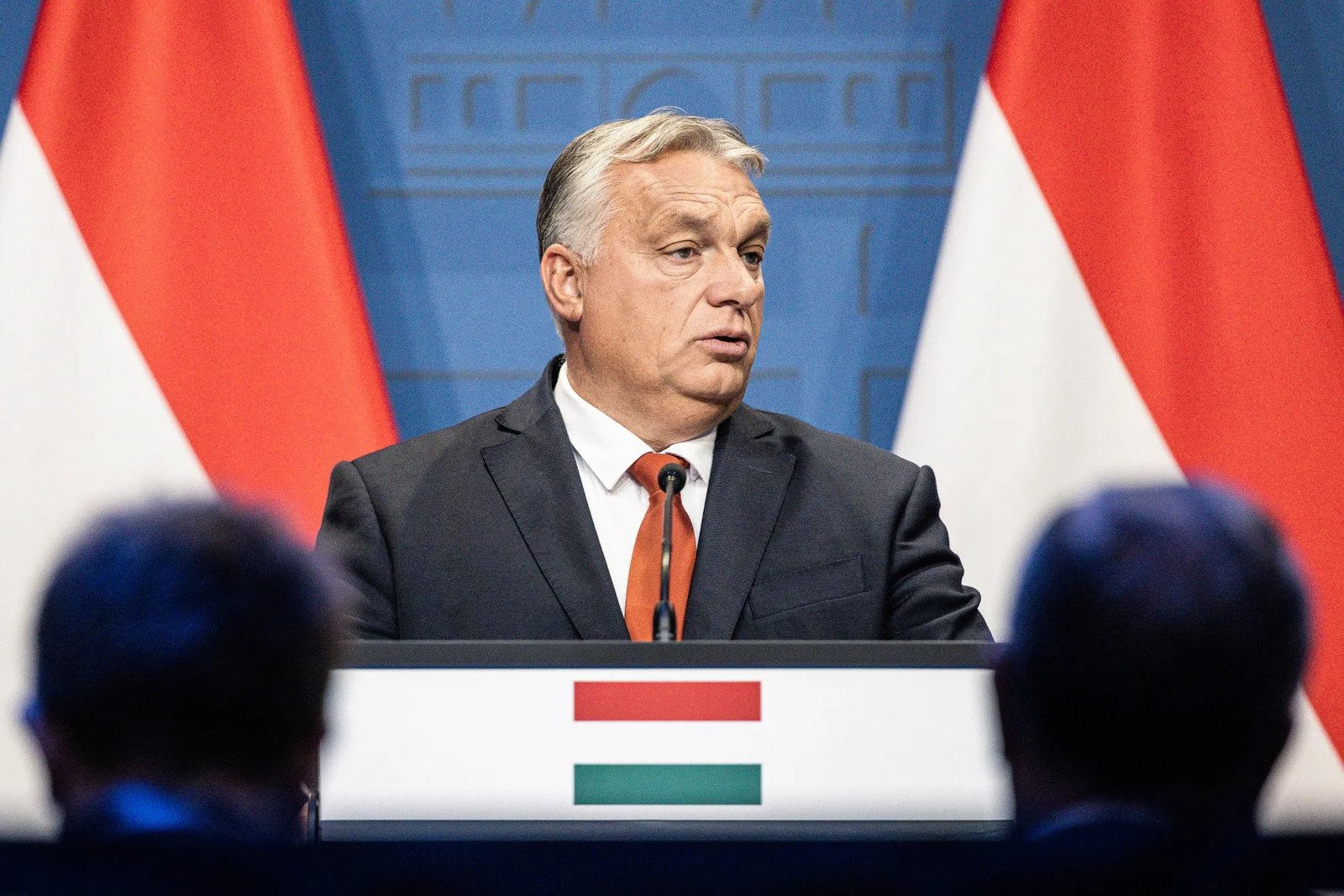South African authorities have opened an investigation into how electronic components produced by a domestic firm ended up in Russian drones used against Ukraine, raising concerns over export controls and dual-use technologies.
Pretoria firm’s range finder discovered in Russian suicide drone
The device at the center of the inquiry is a laser range finder manufactured by Lightware Optoelectronics Ltd., a Pretoria-based company specializing in precision sensors. According to Ukrainian sanctions envoy Vladyslav Vlasiuk, the component — capable of measuring distances and triggering detonation — was found in a Russian Garpiya-A1 suicide drone, a long-range system designed to explode upon impact.
Lightware said it has no knowledge of how the equipment reached Russia, stressing that its products are intended solely for civilian use. The firm blamed “unscrupulous” purchasers for diverting its technology for unauthorized purposes. The model identified by Ukraine’s intelligence service, shared on Telegram, was listed as the SF-20 range finder, a version discontinued by the company in 2020.
Officials say company not authorized for dual-use exports
Under South African law, companies are barred from exporting weapons or dual-use goods to conflict zones without the approval of the National Conventional Arms Control Committee (NCACC). Acting NCACC director Sipho Mashabaconfirmed that Lightware is not registered to trade in munitions or restricted technologies. Inspectors will now review the company’s operations to determine compliance with national regulations.
Lightware’s sensors, designed for applications such as driverless cars, mining logistics, and wildlife monitoring, have been miniaturized for versatility — inadvertently making them adaptable for drones. “We do not fall under the ambit of the NCACC,” said Nadia Nilsen, Lightware’s CEO. “It appears an unscrupulous operator, without our knowledge, purchased our sensors elsewhere and used them unlawfully in Russia.”
Russia expands drone capacity amid Western sanctions
Since launching its full-scale invasion of Ukraine in February 2022, Russia has accelerated drone production to sustain its attacks. Documents obtained by Bloomberg earlier this year detailed how Moscow leveraged cooperation with Beijing to acquire technology and expertise, bypassing Western restrictions.
The Garpiya-A1 drone found with the Lightware sensor is modeled on Iran’s Shahed-136, the same type used in repeated strikes across Ukraine. Analysts say Russia’s growing use of imported or repurposed technologies reflects both its adaptability and the global challenges in controlling civilian-to-military tech transfers.
Diplomatic strains between Pretoria and Washington
The discovery comes amid already tense U.S.–South Africa relations. President Cyril Ramaphosa has sought to maintain neutrality while advocating for peace talks between Moscow and Kyiv. However, ties with Washington have frayed after the Trump administration criticized Pretoria’s closeness to both Russia and Iran.
In 2023, U.S. officials were angered by South Africa’s joint naval drills with the Russian navy, followed by allegations that the country supplied arms to Moscow — claims later dismissed by a local judicial inquiry. Earlier this year, after Trump accused South Africa of committing “genocide against White people,” Washington imposed 30% trade tariffs on South African imports, cut aid, and boycotted several G20 events hosted in the country.
Investors and industry react with concern
Lightware’s main investor, Sanari Capital Ltd., which injected 25 million rand ($1.5 million) into the firm in 2020, expressed shock over the discovery. “We are profoundly disturbed to learn that one of the technologies we support has been found in such a nefarious application,” said Samantha Pokroy, Sanari’s CEO. “It is deeply unfortunate that component manufacturers lack the means to fully trace the end use of their products.”
Lightware emphasized that it had already blacklisted both Russia and Ukraine from its distribution list after hostilities escalated in 2022. Still, the company admitted it cannot fully monitor downstream use once products pass through third-party distributors. “We use end-user declarations to control where and to whom our products are sold,” Nilsen said. “We are sadly unable to regulate how this sensor can be applied downstream.”


